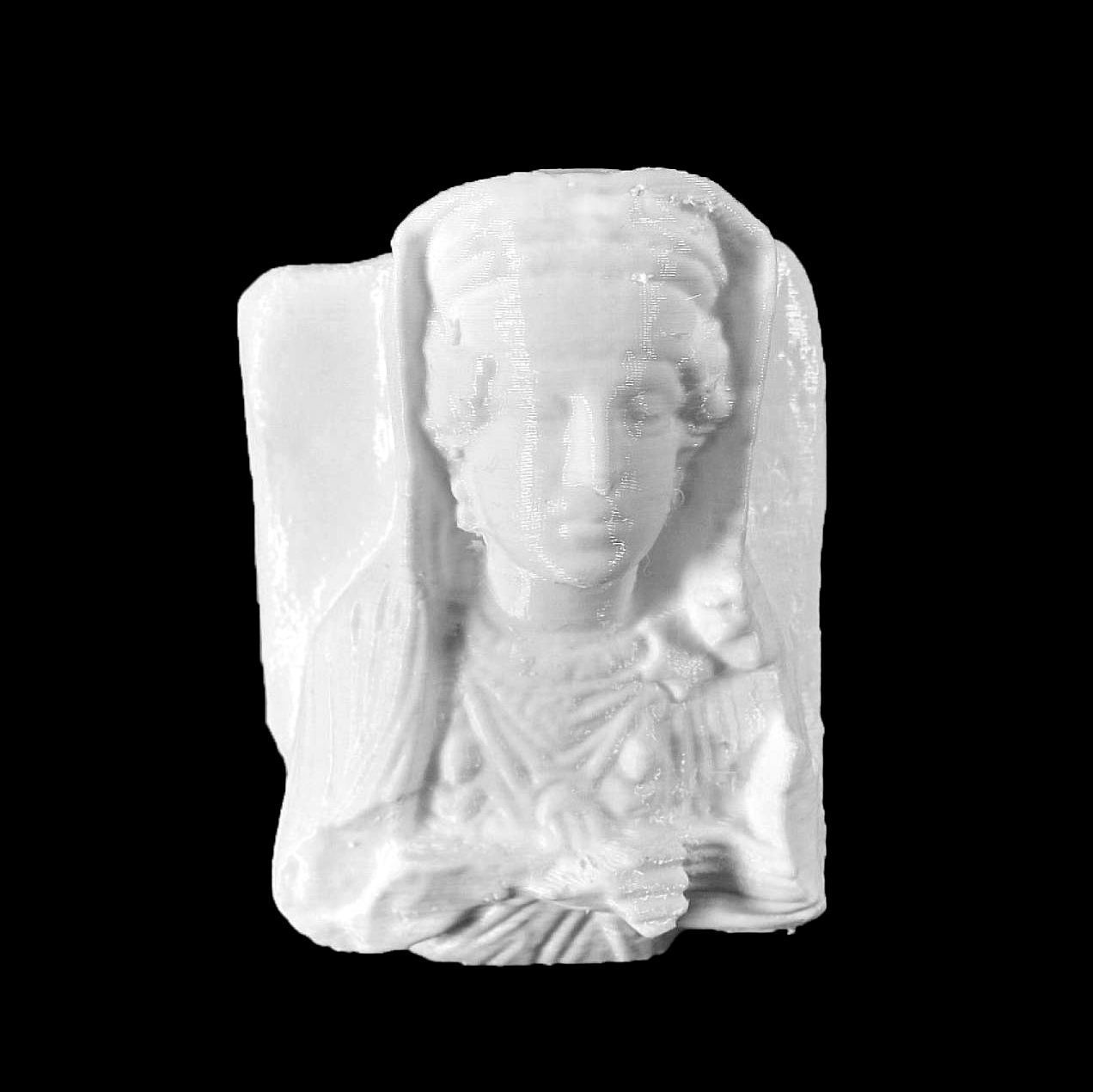
Herta at The British Museum, London
myminifactory
Limestone busts from ancient Palmyrene funerary reliefs; matrons adorn chitons, mantles and veils, chased fillets and profuse jewelry highlighted in gold pigment; two medallions hang from necklaces; high-relief busts of crowned women wear regal crowns; inscriptions tell their stories; six lines of text remain; large sections of arms are lost. These stone faces represent Roman Syrians who lived between AD 50-270, crafted with Syrian flair but portrayed in realistic Roman style. They originate from tombs outside Palmyra's city limits. Palmyrene tomb architecture was divided into three distinct types: single-storey house tombs, multi-story tomb towers and underground rock-hewn tombs, all built for the wealthy citizens of the time. Each tomb contained rows of compartments set into its walls to hold the remains of the deceased. These compartments were sealed with plaques bearing stone portraits of the dead individuals accompanied by brief inscriptions that tell their tales.
With this file you will be able to print Herta at The British Museum, London with your 3D printer. Click on the button and save the file on your computer to work, edit or customize your design. You can also find more 3D designs for printers on Herta at The British Museum, London.
